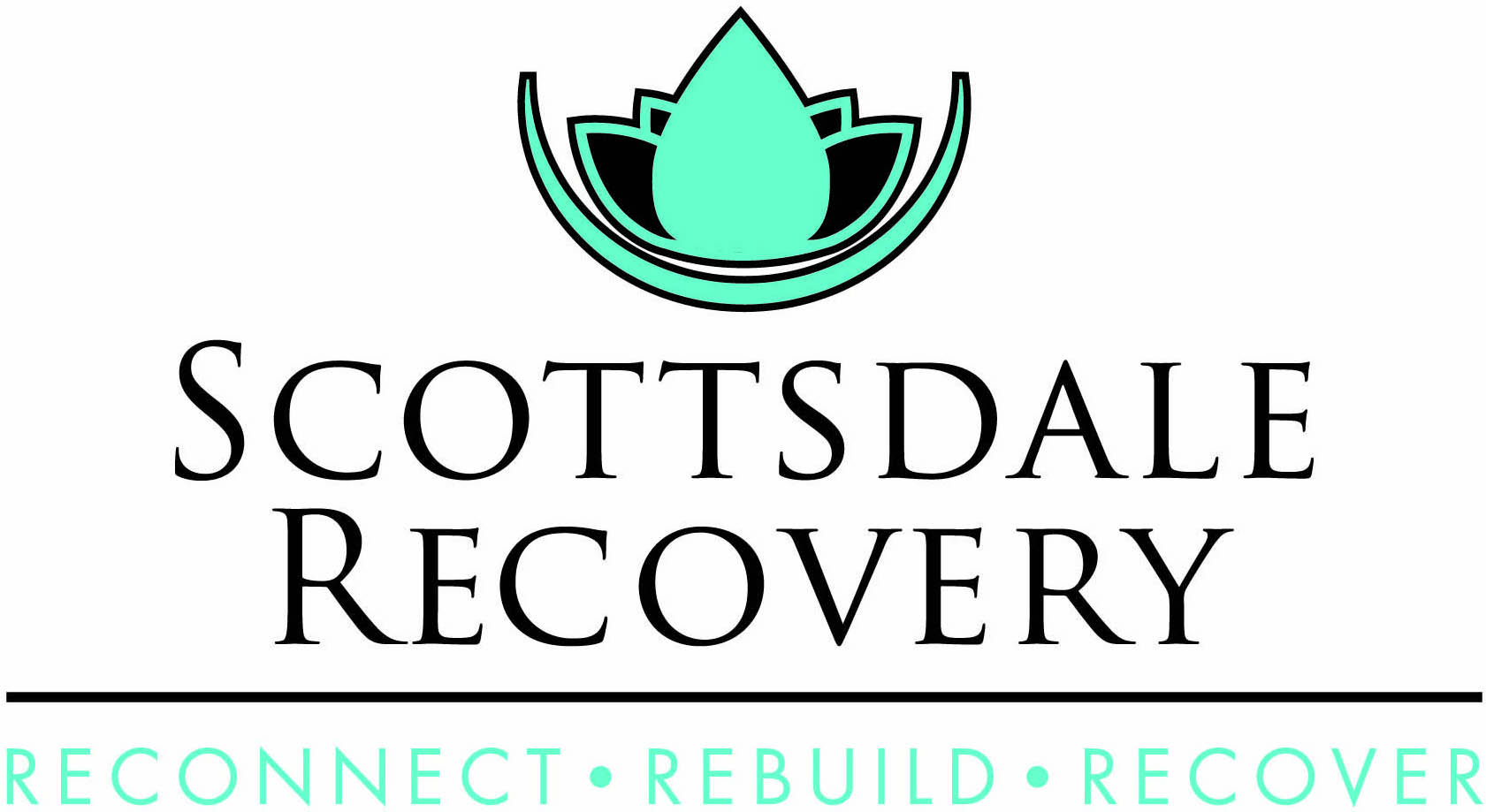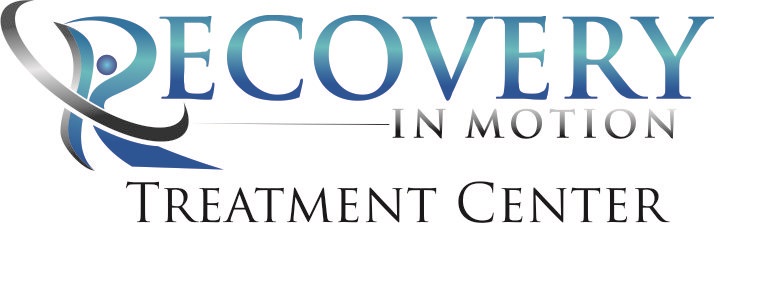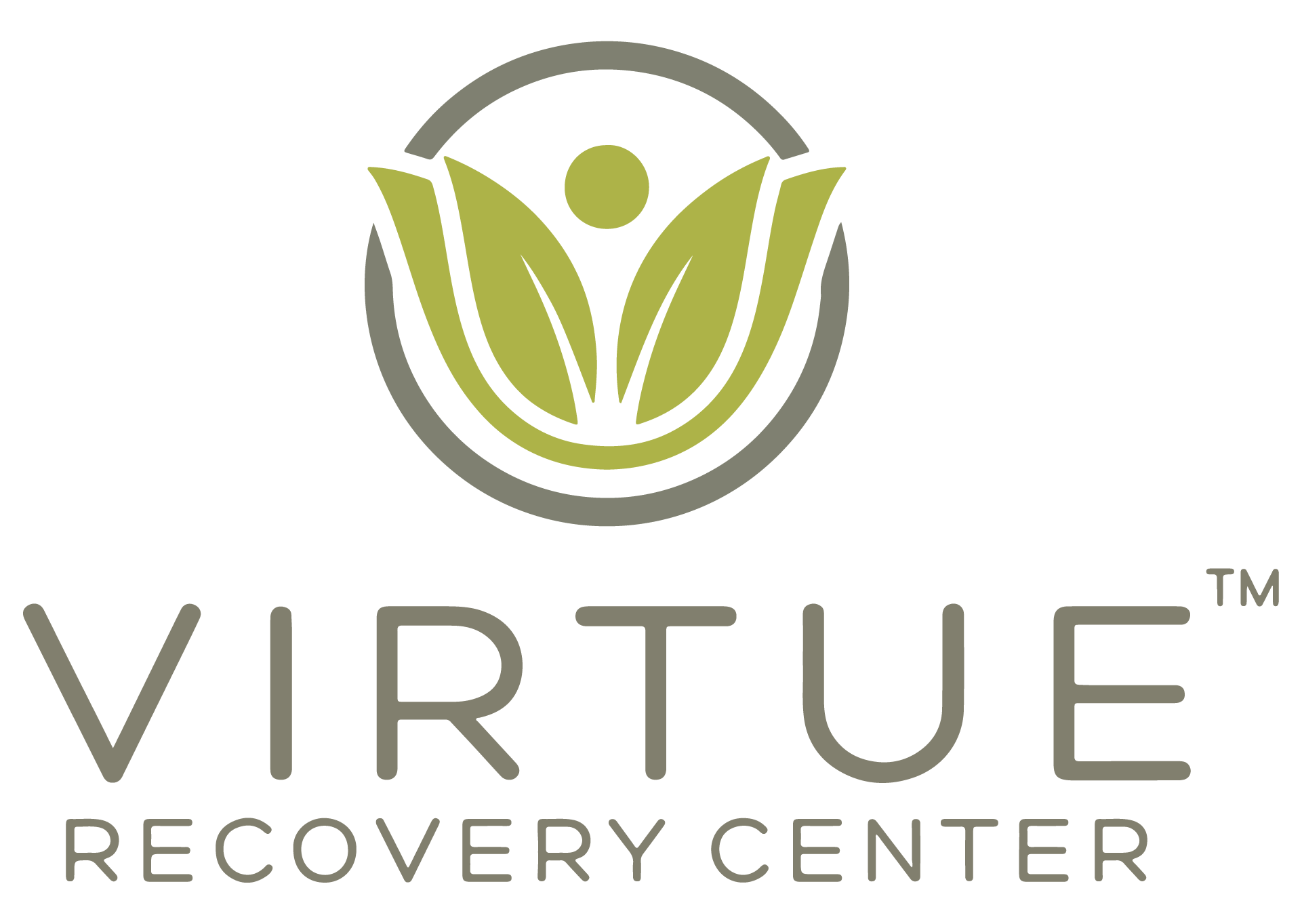Marijuana use has more than doubled in the U.S. over the last decade and the increase in addiction during that time was nearly as large, according to a government survey....
Marijuana use has more than doubled in the U.S. over the last decade and the increase in addiction during that time was nearly as large, according to a government survey.
Researchers at the National Institute on Alcohol Abuse and Alcoholism (NIAAA) found that nearly 10% of adults in the U.S. used marijuana in 2012-2013. That’s up from 4% in 2001-2002. The results also showed that three out of every 10 Americans who used marijuana in the last year were classified as having an addictive relationship with the drug, which adds up to about 6.8 million Americans with marijuana use disorder. The study, based on in-person interviews with more than 36,000 adults, was published in JAMA Psychiatry in October.
“These findings highlight the changing cultural norms related to marijuana use, which could bring additional public health challenges related to addiction, drugged driving and access to effective treatment,” said Nora D. Volkow, director of the National Institute on Drug Abuse (NIDA), which contributed funding to the study. Twenty-three states, the District of Columbia, Guam and Puerto Rico have legalized medical marijuana and four states — Alaska, Colorado, Oregon and Washington — and the District of Columbia allow marijuana for recreational use.
It’s clear that the new legal landscape reflects a waning in the stigma surrounding marijuana and cannabis products. A new Gallup survey found that 58% of Americans believe marijuana should be legal, a seven-point year-over-year increase. Approval was highest among young adults between the ages of 18 and 34, with 71% backing legalization.
Americans’ support for legalizing marijuana is the highest Gallup has ever measured and the momentum is only expected to increase. “Given the patterns of support by age, that percentage should continue to grow in the future,” Gallup researchers wrote.
Marijuana Harms in Myriad Ways
The legalization and increased availability of marijuana have convinced many people the drug is harmless. However, studies funded by NIDA and NIAAA have shown that marijuana impairs driving performance, and that since the legalization of medicinal marijuana in Colorado, drivers involved in fatal crashes were much more likely to test positive for marijuana. What’s more, a French study linked cannabis with heart problems and past research has found that even casual marijuana use causes critical changes in the brains of adolescents from which they may never recover. Short-term effects of marijuana use include memory loss, distorted perception, trouble with thinking and problem-solving, and anxiety.
Another false notion surrounding marijuana is that it isn’t addictive. While it’s true that marijuana is less addictive than drugs such as heroin, alcohol and nicotine, a study conducted by NIDA researchers found that 9% of people who try marijuana will become dependent on it. Dr. David Sack, chief medical officer of Elements Behavioral Health and Promises Treatment Centers, recently told Newsweek that the idea that marijuana dependency doesn’t occur is a myth. “It has a very predictable set of withdrawal symptoms. It usually starts in 48 hours and peaks within seven days,” he said. Long-term marijuana users who try to quit experience both mental and physical withdrawal symptoms including irritability, sleeplessness, anxiety, stomach pain, fever, chills and headaches.
Awareness Is Lacking, Dr. Sack Says
Dr. Sack told Newsweek that he has seen a marked increase in the number of people seeking treatment for marijuana use. He particularly worries about baby boomers, who had positive experiences with “grass” in the 1960s and 1970s. “They’re much more likely to use it today,” he said. “They’re familiar with the drug, they’re not afraid of it. I think we have to increase awareness in the general medical community to identify the addiction and to start asking about marijuana use.”
But boomers do have something to fear in today’s pot — sometimes called “trainwreck” or “green crack” — because it’s nothing like the product of a generation ago. The concentration of THC (the active ingredient in marijuana) has been steadily increasing over the last few decades, which, NIDA says, could mean “a greater chance of an adverse or unpredictable reaction.”
Dr. Sack noted that there aren’t specific treatment protocols for marijuana addiction. For his patients, Dr. Sack frequently turns to cognitive behavioral therapy, a form of psychotherapy that is also used to address smoking, problem drinking and other addictions. Medications such as benzodiazepines or antidepressants may also be used to help with withdrawal symptoms, he said. On average, adults seeking treatment for marijuana use disorders have attempted to quit more than six times.
As for the NIAAA’s study and the permissive attitude toward marijuana, the researchers’ findings show the need for a more cautious approach to legalization.
“As is the case with alcohol, many individuals can use marijuana without becoming addicted,” the authors wrote. “However, the clear risk for marijuana use disorders among users suggests that as the number of U.S. users grows, so will the numbers of those experiencing problems related to such use.”
Reprinted with permission http://www.elementsbehavioralhealth.com/
































